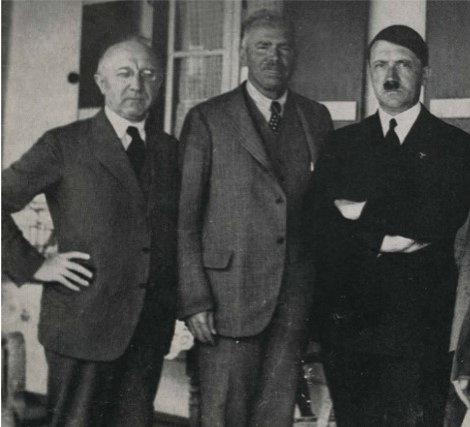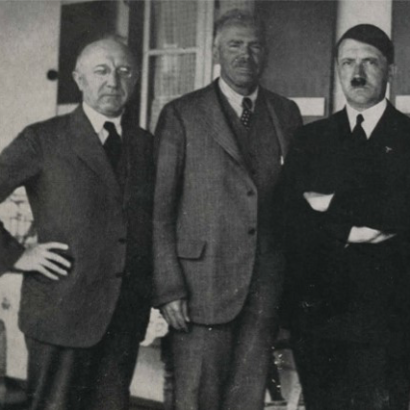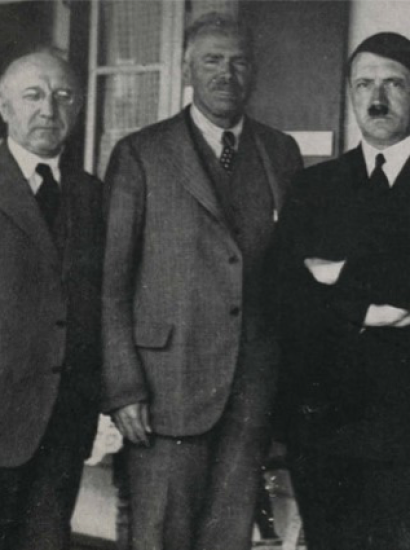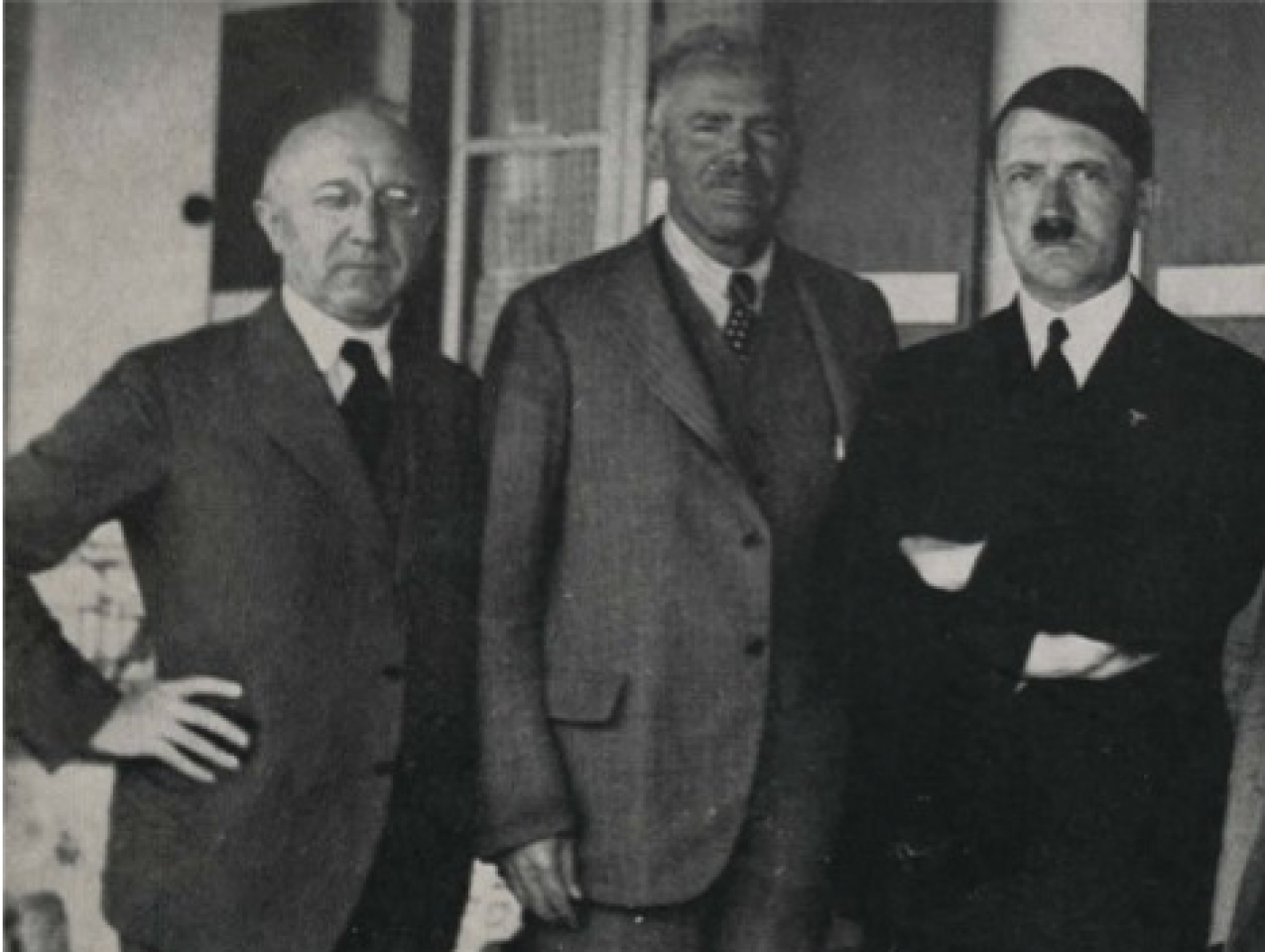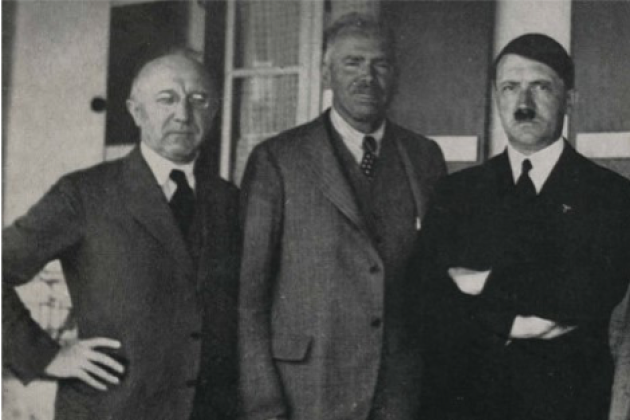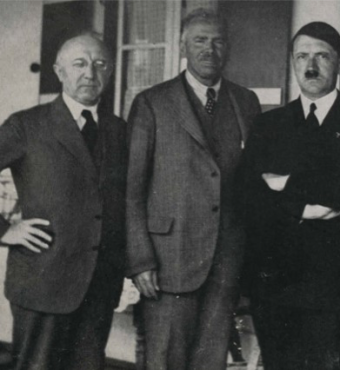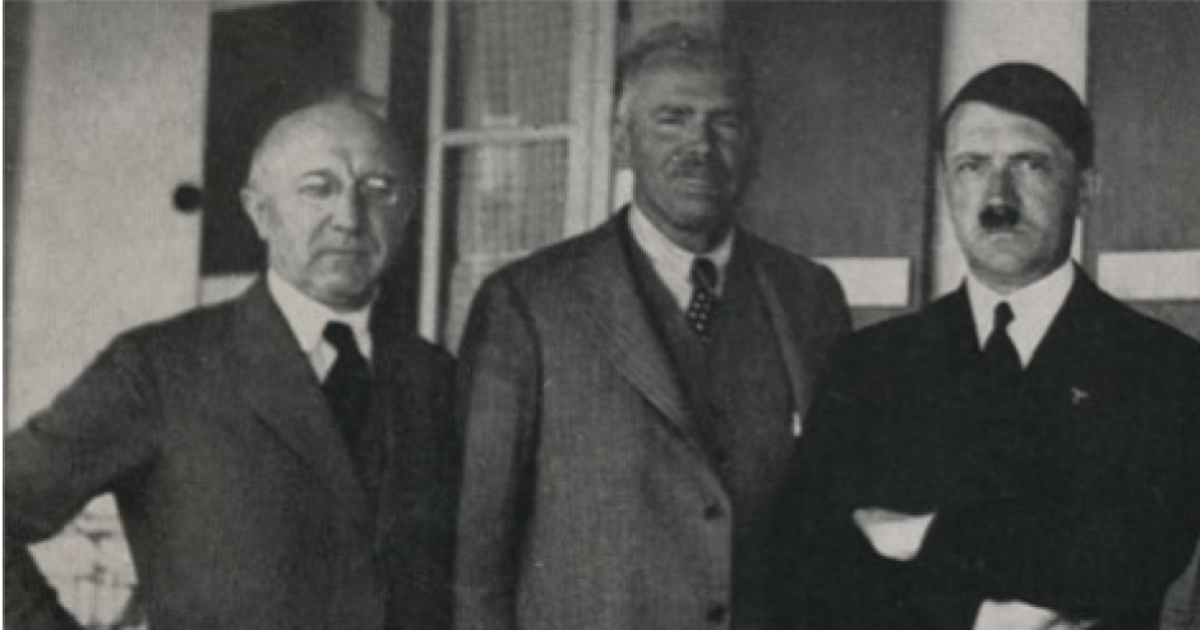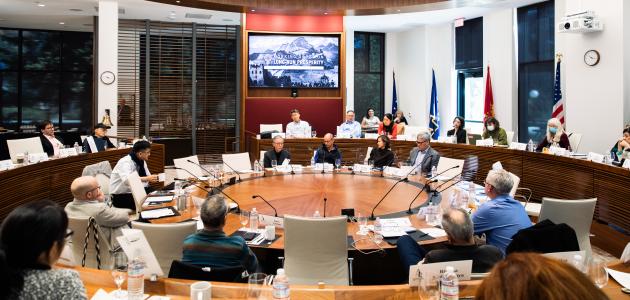The Hoover Institution Library & Archives has acquired a significant new increment to its Karl H. von Wiegand papers. Von Wiegand, one the most prolific journalists of the twentieth century, is perhaps best known for his coverage of the First World War written from Berlin; his interwar writings on the rise of fascism; and his prediction, after interviewing Adolf Hitler in 1921, that Hitler would come to power and bring a second world war to Europe. The increment to his collection includes manuscripts, cables, notes, correspondence, passports, diaries, and photographs from Von Wiegand’s long career. Formerly in the care of his daughter, the writer and artist Charmion von Wiegand, the materials will soon be available to researchers at Hoover. Of particular note are photographs from Nazi Germany, interwar interviews, correspondence with his mistress and fellow journalist Lady Grace Marguerite Hay Drummond-Hay, documentation from the Italian-Ethiopian war, notes from Von Wiegand’s flights on German zeppelins, and materials from Von Wiegand’s and Drummond-Hay’s internment in a Japanese POW camp in Manila in 1942-43.
Born in Hessen, Germany in 1874, Von Wiegand emigrated to United States with his family in 1878 and was naturalized as an American citizen in 1888. After working as a journalist in San Francisco for many years, Von Wiegand joined Hearst Newspapers as a foreign correspondent in 1917 and would continue to work for Hearst until 1961. Despite often being accused of being pro-German or a possible fascist sympathizer, Von Wiegand was well-respected by the international community of journalists and rose to be one of the most read foreign correspondents in the Hearst syndicate. He was the only American-aligned war correspondent allowed to stay in Berlin during WWI, during which time he sought to influence American public opinion against the Allies and toward the Germans by interviewing the German crown prince and others representing the German nationalist point of view. After WWI ended, Von Wiegand traveled the globe reporting on world events, but maintained a strong interest in Germany and its post-war fate. Von Wiegand first met Adolf Hitler in 1921 and published an interview with him (one of the first) in November 1922. He was also a passenger on the Graf Zeppelin’s first transatlantic flight and its first flight around the world, as well as being a passenger on the Graf Hindenberg’s first transatlantic flight. In 1940, a month after Germany invaded France, Von Wiegand interviewed Hitler a second time, and continued his war coverage as the events of WWII unfolded. In 1942, he and Lady Drummond-Hay were interned as prisoners in a Japanese internment camp while covering the Pacific Theater of the war.
Rich in notes, interviews, diaries, and photographs, this increment is a boon to researchers seeking eyewitness accounts of many of the pivotal figures and events of WWI, the interwar period, and WWII.




